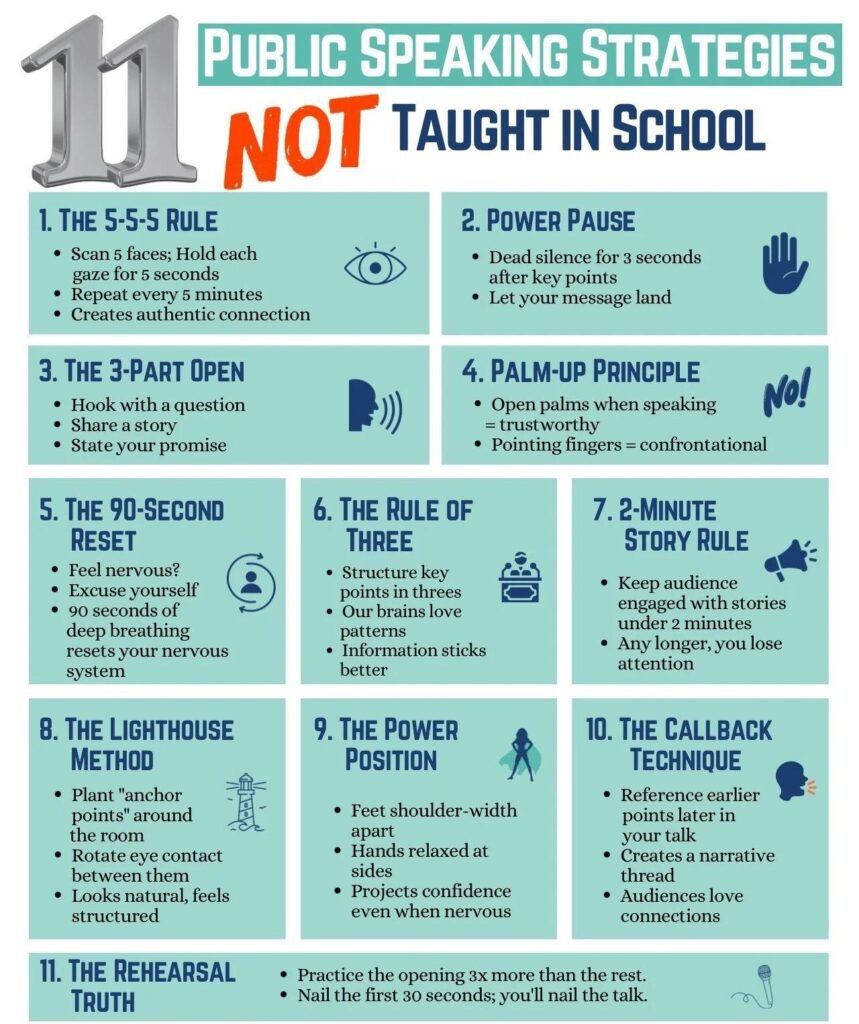In the wake of the COVID-19 pandemic, the way science is communicated to the public has come under intense scrutiny. As governments, health experts, and media outlets raced to convey complex information about vaccines, variants, and public health measures, questions arose about whether these messages truly resonated with everyday Canadians. Now, as the world emerges from the crisis, The Globe and Mail takes a closer look at whether science communicators have finally found a language that bridges the gap between expert knowledge and public understanding – or if more work remains to ensure clarity, trust, and engagement in a post-pandemic era.
Rebuilding Trust Through Clear and Accessible Science Communication
In the aftermath of a global health crisis, the imperative to bridge the gap between scientific experts and the general public has never been clearer. Communicating complex data and evolving knowledge in a way that resonates with diverse audiences is no longer optional; it’s essential for restoring confidence in science-driven guidance. The pandemic exposed vulnerabilities in traditional communication strategies, where jargon and inaccessible formats alienated many. Now, scientists and communicators are adopting more transparent, relatable, and interactive approaches-leveraging plain language, visual storytelling, and community engagement to make science not only understandable but also trustworthy.
Effective communication extends beyond mere clarity; it’s about fostering meaningful connections and promoting informed decision-making. The rise of social media and digital platforms has made science more accessible but also posed challenges with misinformation. To rebuild trust, initiatives emphasize openness, responsiveness, and inclusivity. Consider the key elements driving this new communication model:
- Accessibility: Using multiple formats such as videos, infographics, and interactive Q&A sessions.
- Engagement: Encouraging dialogue and feedback rather than one-way dissemination.
- Transparency: Sharing not just results but the uncertainties and evolving nature of research.
| Communication Approach | Pandemic Era Focus |
|---|---|
| Language Style | Plain and relatable |
| Information Format | Multimedia and visual aids |
| Public Engagement | Interactive and responsive |
| Transparency Level | High, including uncertainties |
Bridging the Gap Between Experts and the Public in a Post-Pandemic World
In the wake of the pandemic, the relationship between experts and the general public has undergone a profound transformation. No longer confined to academic journals or closed-door conferences, scientific communication has been thrust into the spotlight, demanding clarity and accessibility. Governments, healthcare professionals, and researchers have had to innovate rapidly, employing plain language and transparent data sharing to combat misinformation and foster trust. This shift highlights a notable move toward engagement over hierarchy, where mutual understanding takes precedence over one-way information delivery.
Key strategies driving this change include:
- Interactive webinars and Q&A sessions allowing direct public interaction with experts
- Visual storytelling methods such as infographics and short videos breaking down complex concepts
- Community-led initiatives fostering localized conversations tailored to diverse audiences
| Before Pandemic | Post-Pandemic Shift |
|---|---|
| Technical jargon-heavy communication | Plain language adoption |
| One-directional messaging | Two-way dialogue with public |
| Limited public engagement | Widespread community involvement |
Strategies for Engaging Communities and Fostering Scientific Literacy
Science communication has evolved dramatically in the wake of the pandemic, emphasizing transparency, accessibility, and dialogue over one-way dissemination. To truly capture the public’s interest, communicators are adopting multimedia storytelling, relatable analogies, and community-focused events that translate complex data into everyday relevance. Engaging communities means tapping into trusted local voices-such as educators, healthcare workers, and cultural leaders-who can foster trust and break down barriers to understanding. Increasingly, social media platforms are harnessed not just to broadcast information but to listen, respond, and co-create knowledge with audiences, transforming passive consumers into active participants in the scientific conversation.
- Interactive Workshops: Hands-on experiences that demystify scientific methods for all ages.
- Localized Content: Tailoring messages to reflect cultural and regional contexts.
- Collaborative Dialogues: Forums that invite questions and address misinformation openly.
- Visual Communication: Infographics and videos that condense key findings efficiently.
| Engagement Strategy | Key Benefit | Example |
|---|---|---|
| Science Cafés | Informal discussion settings | Local coffee shops hosting Q&A with experts |
| Citizen Science | Active public participation | Community bird counts and environmental monitoring |
| Social Media Campaigns | Wide reach & real-time feedback | Hashtag-driven myth-busting videos |
Future Outlook
As the world continues to navigate the aftermath of a global health crisis, the way science is communicated remains under close scrutiny. The pandemic has undoubtedly reshaped public engagement with scientific information, prompting researchers, media, and policymakers to reconsider their approaches. Whether we have truly bridged the gap between expert knowledge and public understanding is still an open question-but one that will be crucial to address as we face future challenges. The conversation about speaking the public’s language is far from over, and its evolution will be vital to fostering trust and informed decision-making in the years ahead.
